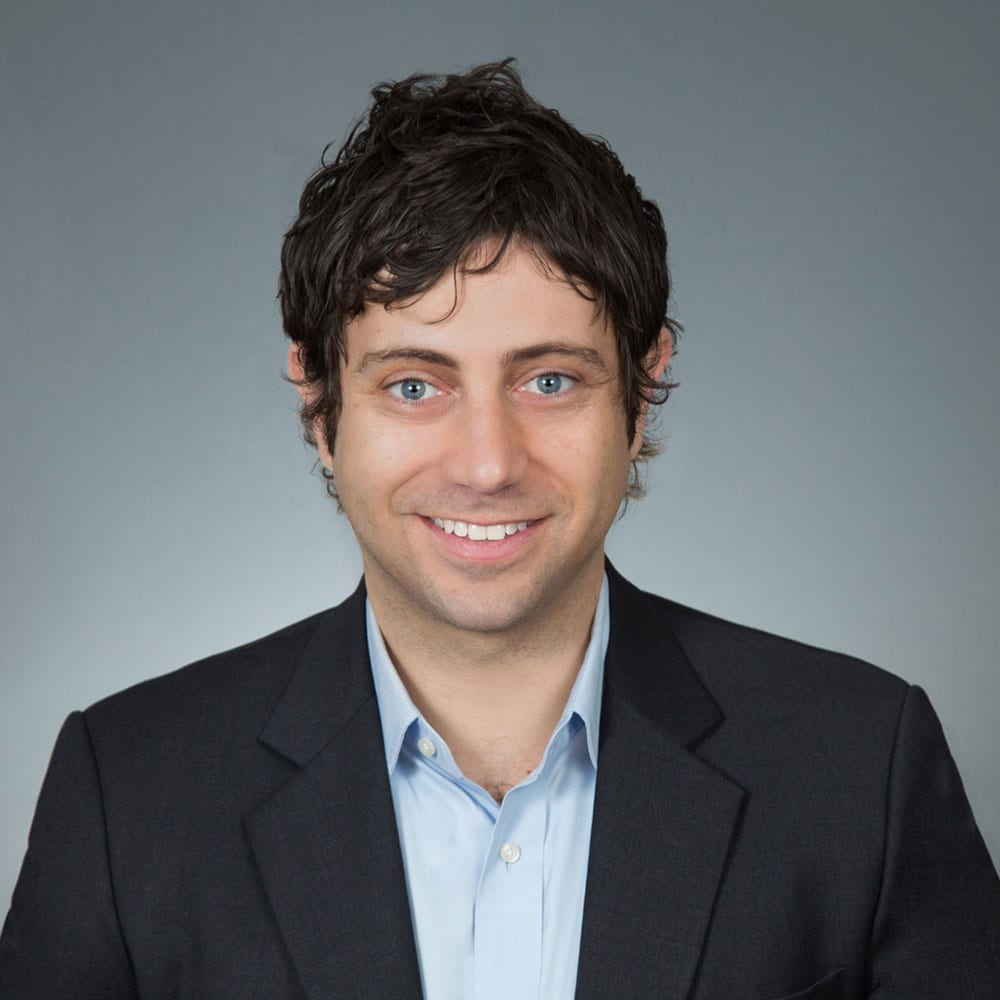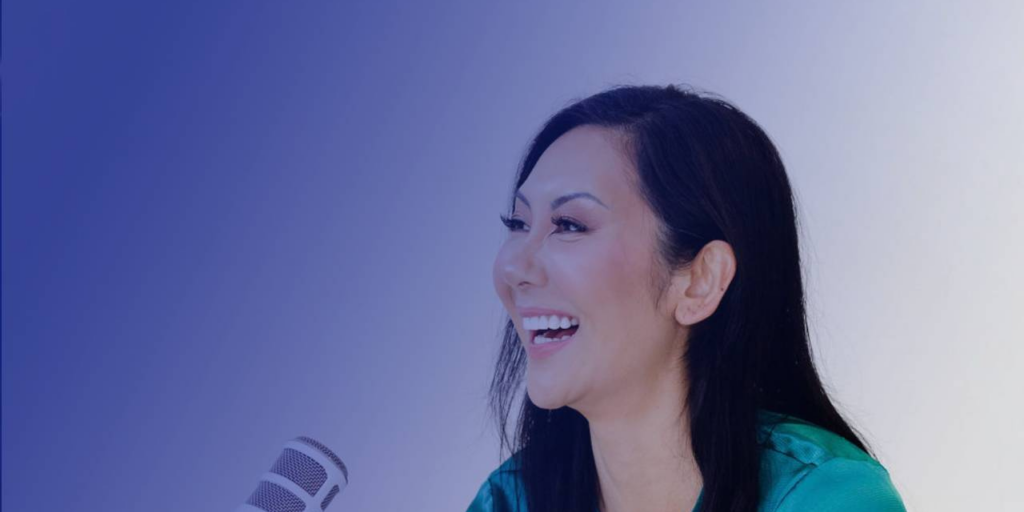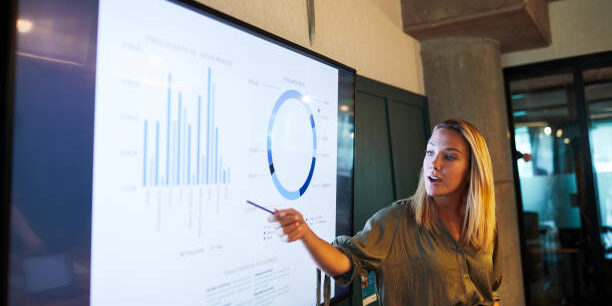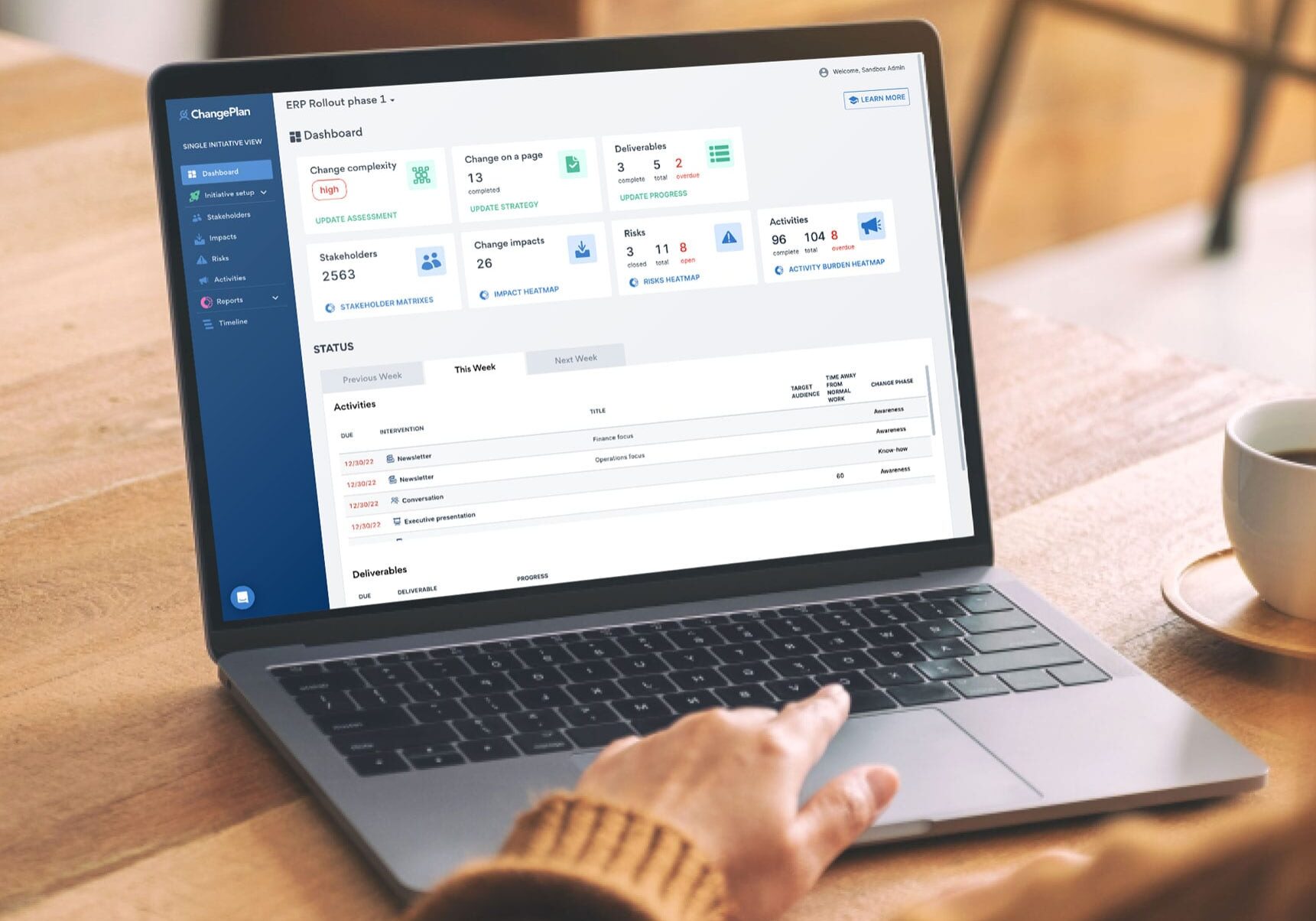ChangePlan’s Gavin Wedell discusses whether we are in a “post change methodology” era with Faith Timbs, Founder & CEO of Timbs and Co.
Host: Welcome to Change Planning the podcast for organizational change makers. I’m your host, Gavin Wedell, founder of ChangePlan, the enterprise change management platform.
This episode, I’m delighted to be joined by Faith Timbs, Founder and CEO of Timbs and Co: Change Design. We’re going to be discussing whether we are living in a post change methodology world.
Welcome to our program. Could I invite you to introduce yourself and the kind of work that you do at Timbs and Co?
Faith Timbs: Absolutely. So we are, I guess you would call us a management consulting company, but we do things a little bit differently at Timbs and Co. We’re all about helping leaders and their teams adapt and thrive in change, but we do that by going beyond change management services.
So we’re really all about designing exceptional changing experiences. So we’re not so much about “change” the noun as “changing” the verb.
So we really want people to have that human experience of change and not be constrained by the traditional change framework.
Host: Fabulous, just to let the listener in, I recently posted an article in one of our blogs, just asking the question of whether we’re living in a post change methodology world, and this was prompted by some responses to a survey we did where only about 20% of respondents suggested that they used a proprietary methodology consistently.
I’d love you to share your thoughts on the post change methodology world.
Faith Timbs: I personally have been living in a post change methodology for a while, and I know most of the members of my team feel like change methodologies are probably something that, you know, kind of falling by the wayside a little bit, at least in the last three years and probably in the last 10 really things moved very quickly and people are expecting more from their organizations in the way that they experience the changes in the workplace.
And this idea of pressing teams into these cookie cutter frameworks and expecting some sort of pressor change at the end is really outdated.
And I think practitioners need to start moving beyond this idea of I’ve got a, you know, a roadmap for you and we will be able to follow work for the foreseeable future.
It’s definitely not been my experience that I’m going to be able to predict or you know, rely on that roadmap, finding to be able to respond and adapt as things move along.
And they’re certainly not to my knowledge, a specific framework that offers me what I need. I use a huge variety of different frameworks, a whole lot of research and learning methods all kinds of different disciplines that help me and my team to be able to produce what we call a change design approach rather than change.
Host: I don’t pretend to be an experienced change practitioner. I think of myself as more of an enabler of change managers, but I hear a concern in my mind, a concern that change managers might have when you say that it isn’t just a question of using one change approach, but multiple change approaches.
Are you suggesting that we ditch the proprietary change methodologies that are out there and start to take on more of an art based approach, a human centered approach?
Faith Timbs: I am very controversially suggesting that Gavin, and I think you wildly underestimate yourself by the way.
But I, I really am suggesting that you are using a single change approach or that you’re limiting yourself to one or say it really would be time to start thinking about taking in some things like experience design or organizational development practices, learning and design practice.
So often I hear change managers go well, I’m just, you know, training and columns and creating that. Like it’s a, you know, it’s something bad.
It’s like, well, actually that, you know, learning and development element of change is incredibly important and incredibly powerful, but you know, understanding more about it and extending your skills in that area is only going to make you a more meaningful and powerful practitioner.
Valuing it and limiting it and asking other people to do it for you is going to make, you know, your ability to have influence.
There are limited. And of course, you know, things like complexity and sense-making just make sense to bring into your practice these days.
So much of the change we experience happens in that world of complexity. And so many practitioners are using praying frameworks that are really in a complicated, more simplified kind of world where, you know, really looking at how we can use the appropriate tools for the type of world we’re experiencing at the moment where this volatility is really impacting people and we need to be prepared.
And so encompassing more of these disciplines, being able to really mix and match your approach and have a broader skill set is incredibly important.
And I guess when you say it is a bit of an art, I didn’t choose the word design lightly. It is about taking that very deliberate, creative, curious approach and designing something very specific.
One of the things that we talk about with our clients is that what we create for them that changing experience will be as unique as their fingerprints.
What they see for their people is completely one off, and I’m not picking that design up and taking it to another organization because it has to be entirely contextual.
Host: Okay. It almost sounds like what you’re suggesting is that we’re not ditching out change methodologies or approaches, but rather we’re dramatically adding to them.
We’re layering on complexities, sense-making human centered design and design thinking where we’re layering onto the basics, all these pieces to make sure we get a better view.
Faith Timbs: Absolutely. We really want to pull the best of those other disciplines together and grow change management, go beyond just those basics and build something that really considers like human experience.
So the changing experience has as much richness to it as we can possibly offer, and that we use the existing resources in the business to really help them to, to grow and to be able to be as capable as possible to so that it’s not just about the skills of the change manager and then, you know, a particular magical framework, but about everything that works together within the organization, their organizational development team, that, you know, learning and development team, how can we bring all of those elements together to leave something in the organization that is far more capable and we’ll be able to, you know, continue to be more resilient and, and far more able to cope with this complex change that we’re seeing.
So experience on a consistent and ongoing basis.
Host: We promote our digital platform. Change plan is supporting change managers to have a data-driven approach to change.
So we handle all of the data coming from stakeholder analyses, impact assessments and activity plans, and link all of those data pieces.
And of course, all of that data is generated through these human high touch practices that change managers do. So it almost seems like we’re coming at it from opposite ends, both a necessary, but not sufficient.
So you have to have the data infrastructure, but you also have to have the art and the human touch that you’re talking about.
And that’s why we find what you’re doing really interesting faith. If you had some final tips to share with change managers, what would they be?
Faith Timbs: The number one thing for me is for people to be curious, you know, and there’s a real kind of comfort that we can get with those frameworks that we have.
It can be very tempting to have the change in a box. It looks very tempting. It’s about that. McDonald’s kind of flavor to it.
This is everything that I need, and it’s going to produce that outcome at the end. And as we know, human beings don’t work that way.
We are messy and, you know, we have those rough edges and we’re complicated and going and looking beyond that and taking out those resources and those challenging kind of conversations is really important.
And looking beyond those traditional kind of groups and seeing what you can find that has been the most incredibly fulfilling thing for me over the last few years, really looking beyond sort of that focus, change management community and finding other organizations and other groups that have really opened my eyes to other ways of doing that has been fantastic.
If you are looking for specific resources on change design, then please come and look at teams inquired or come. We have a ton of information about how we do things, but also the types of things that we’re interested in.
So if you’re looking for other groups or other ways of thinking, then, you know, we can certainly point you in lots of fascinating directions, but yeah, curiosity is my number one tip for change managers of alignment.
You are not looking at five of that kind of sphere start doing it now. It’s the only way I think that we really create that mean changing experience.
Host: Fabulous. Well, thank you so much for joining us.
Faith Timbs: Thanks.
Host: That was Faith Timbs, Founder and CEO of Timbs and Co: Change Design in Brisbane, Australia.
Join us next time on change planning the podcast for change makers. If you have any comments or feedback we’d love to hear from you.
Email us at [email protected] or check out our blog for and YouTube channel for more information.
And thanks for listening













